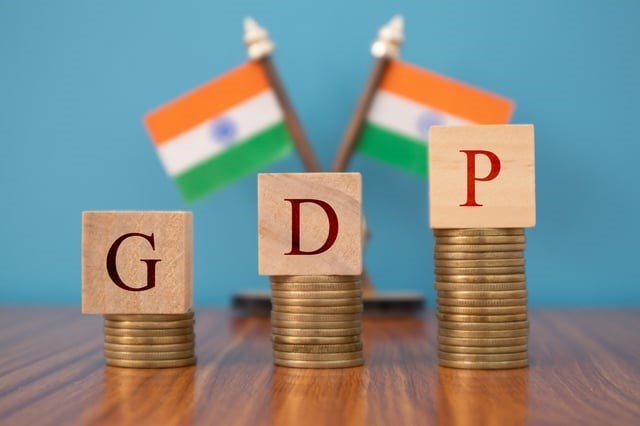
The GDP of India: Surpassing Japan by 2025
The International Monetary Fund (IMF) has projected that India is set to overtake Japan as the world’s fourth-largest economy by 2025. This significant milestone is marked by India’s nominal GDP expected to reach approximately $4.339 trillion, compared to Japan’s anticipated $4.310 trillion. This shift not only highlights India’s robust economic growth but also signals a broader transformation in global economic dynamics.
Current Economic Landscape
As of 2024, Japan’s economy was valued at around $4.32 trillion, while India’s GDP stood at approximately $3.89 trillion. The IMF’s projections indicate that India will achieve a remarkable growth rate of 7% in 2024, following an impressive 8.2% growth in 2023. In contrast, Japan’s economy has been struggling with stagnation, with projected growth rates of only 1.9% for 2023 and 1.1% for 2025.
Factors Driving India’s Growth
Several key factors contribute to India’s rapid economic expansion:
- Demographic Advantage: India boasts a young and growing population, which fuels domestic demand and labor supply.
- Digital Economy: The rise of digital transactions and technology-driven sectors has positioned India as a leader in the global digital economy.
- Government Initiatives: The Indian government has actively encouraged foreign investment and manufacturing through initiatives like “Make in India,” aiming to attract global businesses to relocate their production to India.
- Geopolitical Influence: As India’s economic power grows, so does its geopolitical influence, particularly in Asia, where it is increasingly seen as a counterbalance to China.
Japan’s Economic Challenges
Japan’s economic landscape presents several challenges that hinder its growth potential:
- Aging Population: With one of the oldest populations globally, Japan faces labor shortages and increased healthcare costs.
- Low Productivity: Economic policies focused on maintaining a weak yen have not translated into sustainable growth or productivity improvements.
- Stagnation: Japan has experienced prolonged economic stagnation, with deflationary pressures leading to a lack of investment and innovation.
Future Projections
The IMF’s forecast marks a significant shift from earlier predictions, which anticipated that India would surpass Japan by 2026. However, due to the depreciation of the Japanese yen and India’s strong growth trajectory, this timeline has been accelerated. By 2027, projections suggest that India could even overtake Germany, positioning itself as the third-largest economy globally behind the United States and China.
Conclusion
India’s ascent to becoming the fourth-largest economy in the world by 2025 represents not just a numerical shift but also a reflection of changing global economic power dynamics. With its youthful population and vibrant digital economy, India is poised for sustained growth, while Japan grapples with demographic and economic challenges. This transition underscores the importance of adapting to new economic realities as emerging markets like India gain prominence on the world stage. As we approach 2025, all eyes will be on these two nations as they navigate their respective paths in an increasingly interconnected global economy.
For the latest updates on News and Current Trends, follow us on X/Twitter here.
Infornex is now on every popular social media, click here.
For more Breaking News and Updates, click here.



